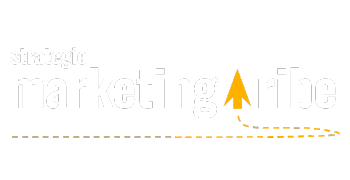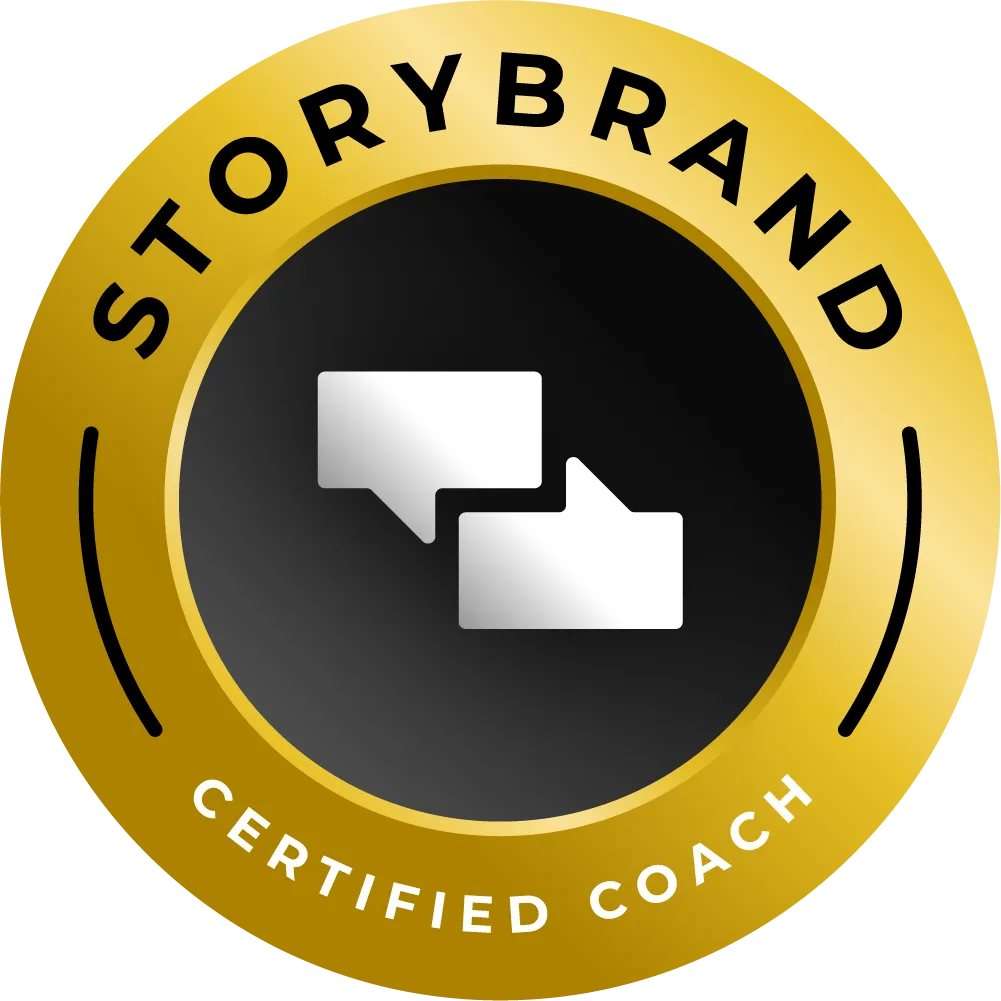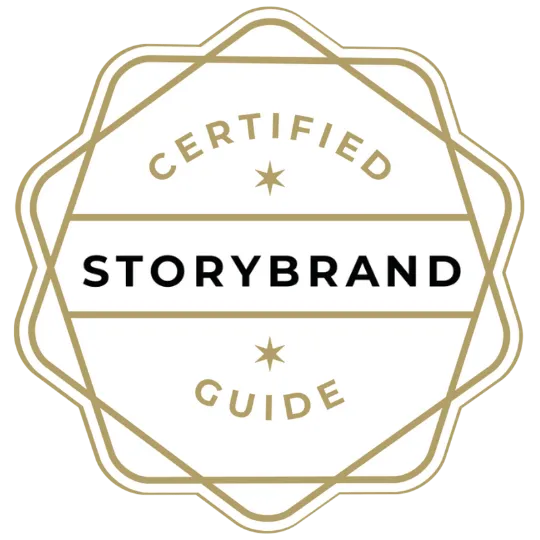STORY, MEET STRATEGY
Let’s make marketing feel less robotic and more real.
Find resources that bring your message—and your business—to life.

How Small Businesses Can Finally Use Loyalty Data Properly
By Vicky Sidler | Published 6 July 2025 at 10:00 GMT
If you’ve been bribing your customers with discounts and calling it a loyalty strategy, you’re not alone. But that playbook is wearing thin—and today’s customers are catching on.
A recent Loyalty 2.0 event hosted by Industry Dive revealed that most loyalty programs still operate like it’s 1995. Punch-card mentality. Data trapped in silos. And teams that treat each other like rival street gangs.
Here’s the good news: you don’t need a corporate-sized budget to get loyalty right. But you do need to stop thinking of it as a coupon dispenser and start treating it like a data-powered relationship engine.
TL;DR
Loyalty isn’t just about perks—it’s about understanding people.
First-party data is gold, but most businesses don’t use it properly.
Break down your internal silos (yes, even in a team of two).
Aim for relevance, not just rewards.
What’s Actually Broken in Most Loyalty Programs:
According to Eric Beane from VML, many loyalty programs still run like old-school punch cards. And it shows.
“They’re missing the most important part, which is that human element,” said Beane.
Translation: if your loyalty strategy stops at “10% off your next order,” your customers are just hanging around for the discount. The minute someone else offers 15%, they’re gone.
Loyalty Data: You’re Collecting It—Now Use It:
One of the biggest missed opportunities? Loyalty programs give you first-party data. That’s the stuff you collect directly from your customers—email addresses, purchase behaviour, preferences. The kind of data that becomes more valuable every time someone says, “Cookies are going away.”
Tamara Oliverio from Epsilon hit the nail on the head: “It’s going to reduce waste, it’s going to inform smart targeting.”
But most businesses stash that data away in different systems. Sales doesn’t talk to marketing. Email platforms don’t talk to POS systems. And the result? Everyone’s talking to customers like strangers.
Fix the Silos—Even If You’re a Small Team:
Beane summed it up: “Those legacy silos, those legacy walls, that’s made sharing data feel more like a negotiation than like a collaboration.”
Now, maybe you’re thinking, “But Vicky, I don’t have a marketing department. I am the department.” Fair point. But even solo entrepreneurs use multiple tools—email, invoicing, social media. The key is getting your tools (and your habits) to work together.
Start here:
Collect your data in one place (even if that’s a spreadsheet for now)
Review it monthly—what’s working, what’s getting ignored?
Use it to personalise your offers, follow-ups, and messaging
What Keeps Customers Coming Back (It’s Not Just Deals):
Epsilon found that 70% of consumers join loyalty programs for perks. But staying power comes from connection.
“There’s also value in engaging and having more time with the brand,” said Oliverio.
That means your emails should do more than shout about a sale. Your social posts should do more than share new stock. People stay loyal to brands that feel familiar, relevant, and helpful.
That’s where StoryBrand comes in. Clear messaging. Customer-first language. Offers that actually match what your people care about.
And it’s where Lean Marketing shines too. Rather than throw every idea at the wall, you test what matters, track what works, and ditch the rest.
My Advice to Small Business Owners—Start Simple, But Start Smart:
You don’t need a fancy app to build loyalty. You need to:
Collect first-party data from every sale and interaction
Use that data to segment your customers
Send the right message at the right time
Treat loyalty as a relationship, not a transaction
Even sending a personal follow-up email after a repeat purchase is more valuable than giving away another 20% off voucher.
Want to Stand Out? Get Clear First:
If your loyalty program isn’t converting, your message might be the problem.
Most business owners I work with struggle to explain their value in one sentence. And if you’re not clear, your loyalty offers won’t land either.
That’s why I created the 5-Minute Marketing Fix. It helps you write a one-liner that explains what you do and why it matters—in plain English.
No marketing jargon. No AI fluff. Just clarity that gets you better leads and more loyal customers.
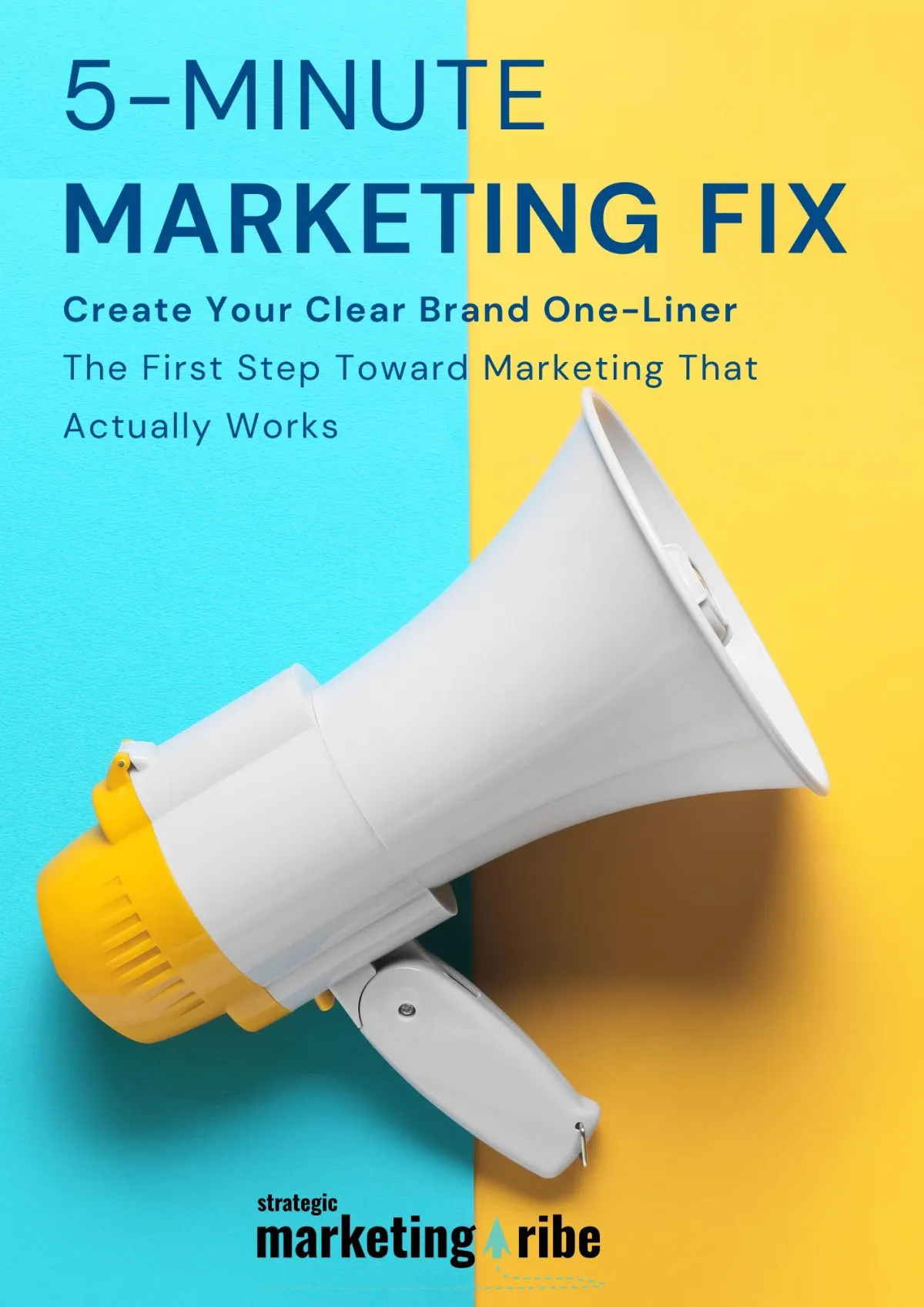
Created with clarity (and coffee)
